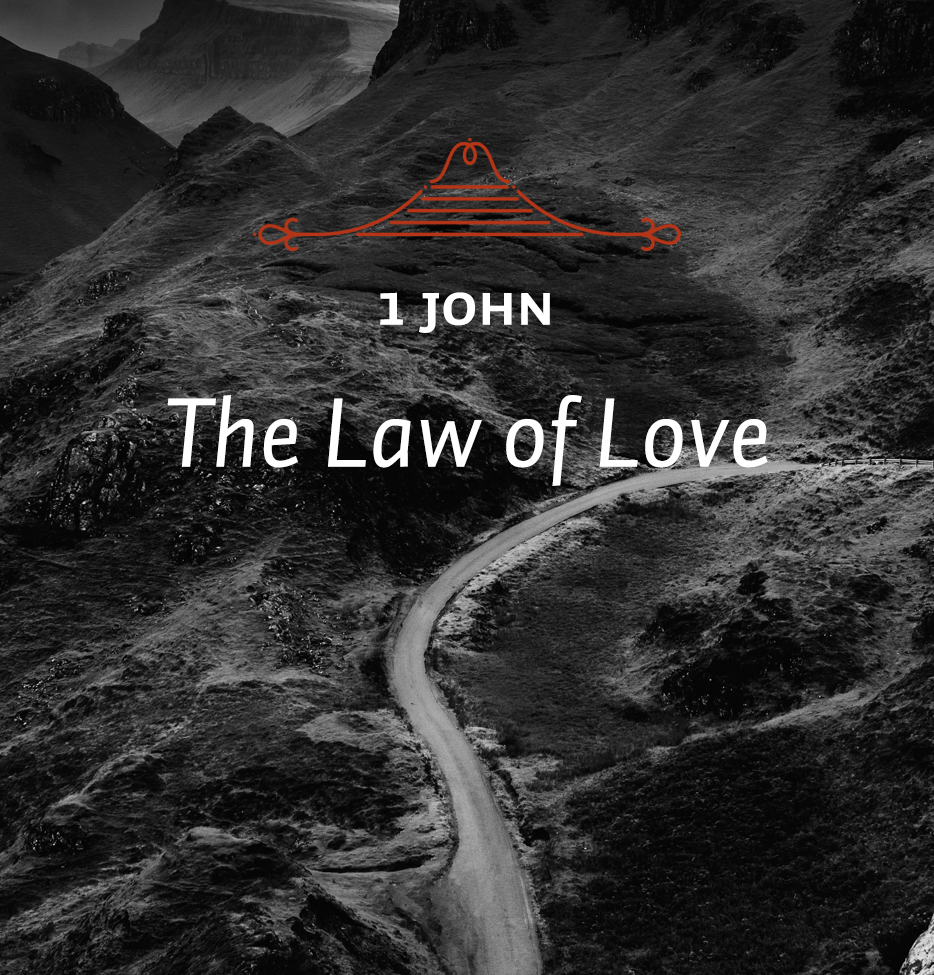John has stated that the darkness is passing away and that the true light is shining; but, nevertheless, the darkness is not completely gone yet, nor is the light seen everywhere or in everybody. Therefore, he brings forward three examples of those to whom the test of love may be applied. There are two negative examples and one positive one.
The first example is of the person who “says he is in the light and hates his brother.” John says that he is “in the darkness still.” The wording of this verse (“He who says”) recalls the similar and somewhat parallel statements in chapter one (“if we say”); its place in the argument corresponds directly with 2:4: “He that saith, I know him, and keepeth not his commandments, is a liar, and the truth is not in him.” In this case, however, John does not say that the one professing to know God while actually hating his brother is a liar, though that is true also, but rather that he is in darkness and walks in darkness until now. In this verse the reference is obviously to John’s Gnostic opponents, as is also the case in the other verses which begin “If we say.” The Gnostic claimed to be the enlightened one. But he is actually in darkness if he fails to love his brother, says John.
Paul said the same thing in writing to the Corinthians about love: “Though I have the gift of prophecy, and understand all mysteries, and all knowledge; and though I have all faith, so that I could remove mountains, and have not love, I am nothing” (1 Cor. 13:2).
The second example is the positive one. This is the person who shows that he abides in the light by loving his brother. John says that in this behavior “there is no occasion of stumbling.”
The idea of stumbling may be applied in either of two ways. First, it may be applied to others in the sense that the one loving his brother not only walks in the light himself but also is free of having caused others to offend. This is the general meaning of the word in the rest of the New Testament. On the other hand, it can also apply to the individual in the sense that if he loves, he walks in the light and therefore does not himself stumble. The context almost demands this second explanation; for the point of the verses is not what happens to others but rather the effect of love and hate on the individual himself. The negative equivalent of this statement occurs just one verse later. In these verses John introduces the important idea that, as Stott says, “our love and hatred not only reveal whether we are already in the light or in the darkness, but actually contribute towards the light or the darkness in which we already are.”1 The one who walks in the light has more light day by day. The one who walks in darkness is increasingly darkened.
1John R. W. Stott, The Epistles of John (Grand Rapids, MI: Eerdmans, 1964), 94.






